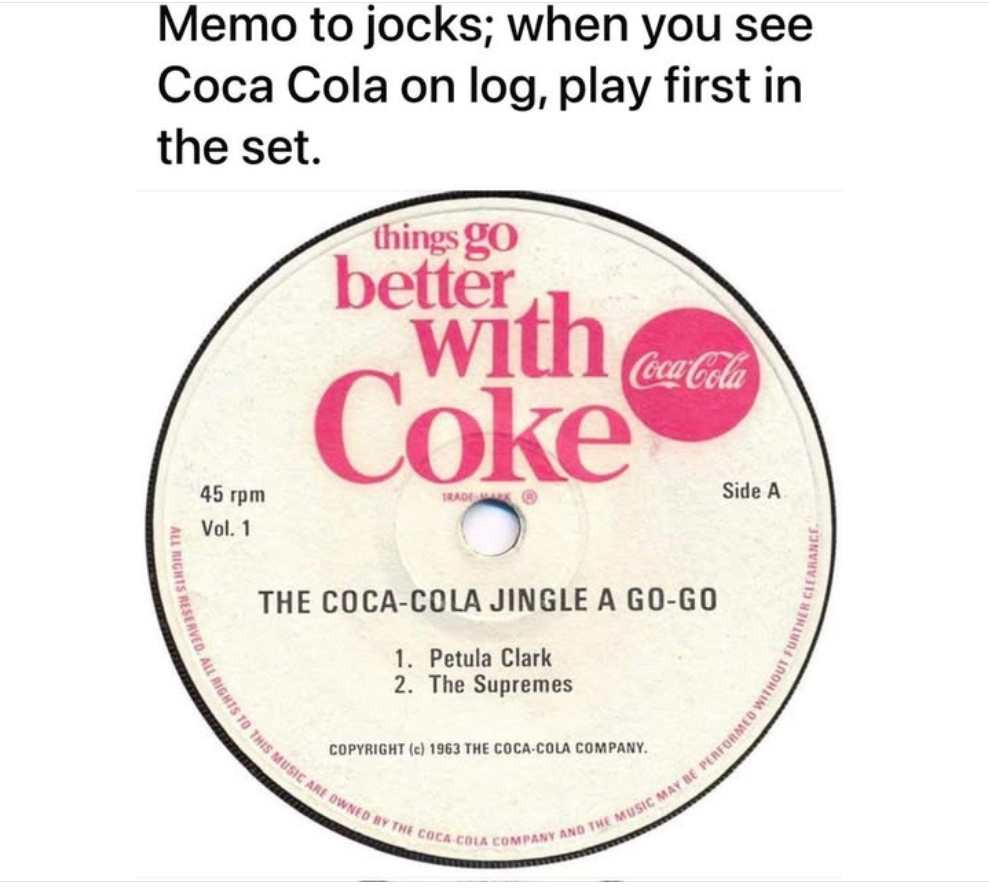- RadioActive
- Moderator
 Offline
Offline
The Days When Radio Spots Were Played Backwards Off A Recorded Disc
I have no memory of this, but an old friend of mine who jocked all over the U.S. recalls a time when many radio commercials were played off a transcription, before there were carts or computers.
The weird thing, he notes, was how they had to be played. "The “transcriptions” would come on 12 inch discs and often would play backwards — that is, the deejay needed to put the tone arm at the END of the groove, and the message would play back to front."
This was long before I ever entered the industry, but does anyone here have any experience with things like this? I can't help but think it must have been really awkward trying to, in essence, play a record backwards. Why would they have done it that way?
- Skywave
- Member
 Offline
Offline
Re: The Days When Radio Spots Were Played Backwards Off A Recorded Disc
The practice goes back to the days of radio programs being recorded on transcription discs, 16" in diameter. Hence the massive McCurdy turntables. The reason for the "inside-out" approach on one side is that the tangential velocity of the groove increases towards the outside of the disc. This results in a corresponding increase in frequency response. The transcriptions had half the program on each side, so when it came time to flip the discs, the frequency response would be the same at the beginning of the "B" side as it was at the end of the "A" side.
The turntables were often equipped with two tone arms: one equipped with a cartridge for grooves with a lateral cut, and the other for grooves with a vertical cut.
- RadioActive
- Moderator
 Offline
Offline
Re: The Days When Radio Spots Were Played Backwards Off A Recorded Disc
Thanks for the explanation. I do remember those huge McCurdy turntables but most were phased out by the mid-70s.
I'm kind of glad I missed out on those days. Sounds like a lot more work than just hitting a spot in a cart machine!
- •
 1 of 1
1 of 1